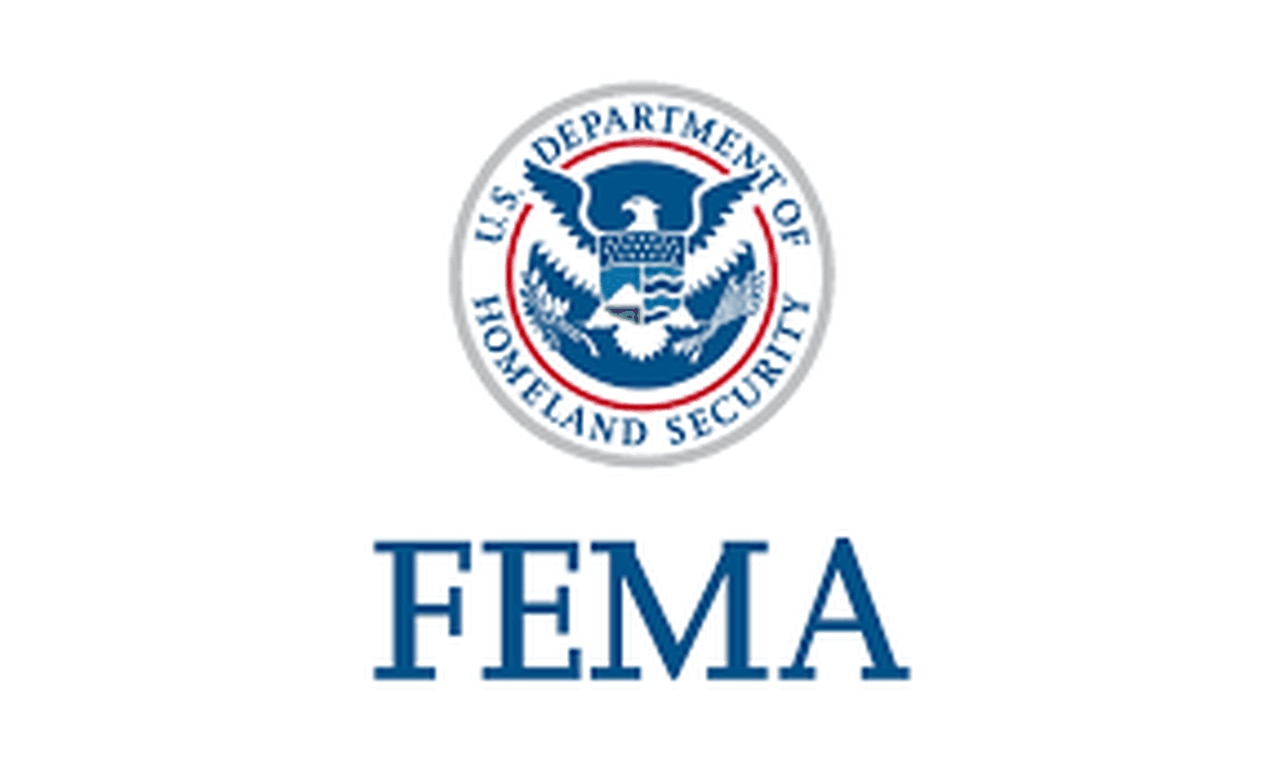Guest opinion: Working together to support Alabamians with disabilities after disasters
This is a guest opinion column
When multiple tornadoes cut an 82-mile path across Alabama in mid-January, they left a trail of death and destruction in their wake. Rebuilding lives after a disaster is already difficult for survivors. When there are more obstacles to overcome – like when wheelchair ramps are destroyed, assistive devices are lost, and much-needed accommodations are blown away – the process can start to feel impossible.
This is true for people with disabilities, who encompass nearly one-third of adults in Alabama according to the Centers for Disease Control and Prevention (CDC).
People with disabilities face visible or hidden difficulties related to mobility (walking or climbing stairs), cognition (concentrating, remembering, or making decisions), hearing (deafness or difficulty hearing), vision (blindness or difficulty seeing), independent living (living alone) and self-care (bathing or dressing). These challenges can contribute to or exacerbate other health challenges for people living with obesity, diabetes, heart disease or depression.
To overcome these obstacles, people with disabilities rely on accommodations that foster independence in functions of daily living. This requires assistive devices, not only at home but also in disaster shelters.
After the January tornadoes in Alabama, FEMA’s Office of Disability Integration and Coordination (ODIC) engaged with the Alabama Governor’s Office on Disability (GOOD) to ensure programs and services were accessible to this community. This opportunity allowed federal and state leaders to work together and reinforce their commitment to the community for inclusive response and recovery efforts.
FEMA’s equitable emergency management practices benefit people with unique or individualized access and functional needs and ultimately serve a greater good by expanding the benefits to people who are not disabled yet may have similar needs. These individuals include pregnant women, young children, older adults, and people with temporarily disabling conditions.
Likewise, the Alabama Governor’s Office on Disability focuses its energies on facilitating the full inclusion of people with access and functional needs, including individuals with disabilities, in emergency planning and response. GOOD partners with public and private entities on the Functional and Access Needs in Disaster (FAND) Taskforce to provide a means of identifying solutions to disaster-related barriers and unmet needs.
Emergency response to disasters is about more than just respond and recovery; it’s about creating resilient communities, where is key. Let’s consider how this emphasis applies to people with mobility challenges with those who do not.
Following disasters, people with wheelchairs or walkers lose access to ramps and pathways they need to enter public buildings and facilities like emergency shelters. When lowered shelves or assistive devices make it easier to prepare meals or wash their hands or bodies are lost, these individuals lose the ability to be self-sufficient.
In turn, post-disaster repairs to rebuild or replace any such accommodations become more difficult to find and likely more costly. The ultimate impact is that disasters can diminish a person’s independence – removing things others may consider luxuries. We recognize these items are important parts of the
recovery process and enable people to maintain and/or re-establish their independence and quality of life after disaster.
FEMA has worked to provide assistance for specific accessibility items that don’t count toward Housing Assistance or Personal Property maximum awards. This accommodation gives individuals with disabilities a chance to be made whole without impacting funds for other essentials. FEMA also deploys disaster response teams into neighborhoods to meet people where they are and better reach people who have mobility or other disabilities. Alabama’s FAND Taskforce helped to ensure that ASL interpreters continue to be present at the Governor’s press conferences relating to emergency notifications and responses, and FAND Taskforce members work tirelessly to meet unmet needs that arise during disasters.
Barriers vary for people impacted by disasters in every circumstance, but they are more acute for those who have achieved independence through assistive aids and accommodations but find themselves disenabled when disaster strikes. Part of our mission in emergency management, especially when working to support people with disabilities here in Alabama and nationwide, is to prevent the “disaster after the disaster” by creating more resilient communities that can withstand and thrive, without leaving anyone behind.
If you or a loved one have a disability that affects the ability to perform activities of daily living or requires an assistive device visit disasterassistance.gov to apply for assistance.
Sherman Gillums Jr. is FEMA’s Disability Coordinator and the Director of FEMA’s Office of Disability Integration and Coordination, and Graham L. Sisson Jr.is the Executive Director of the Alabama Governor’s Office on Disability.
